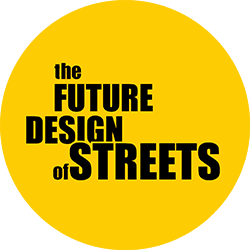GROUND FLOOR
“I would say that designers should make a spatially rich urban interface between the interior spaces adjoining the street …
it has some degree of ´thickness´, such that its layers can provide
an experienced threshold/boundary for inhabitants and passers-by.”
Robert Mantho
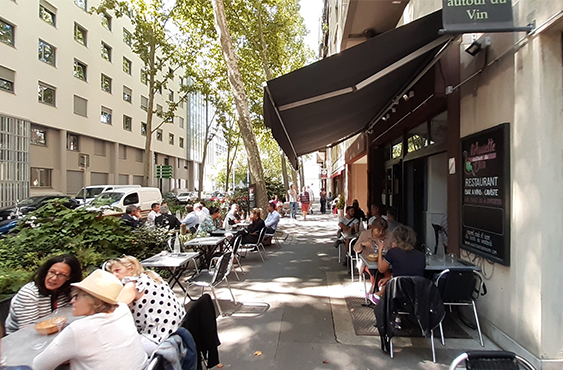
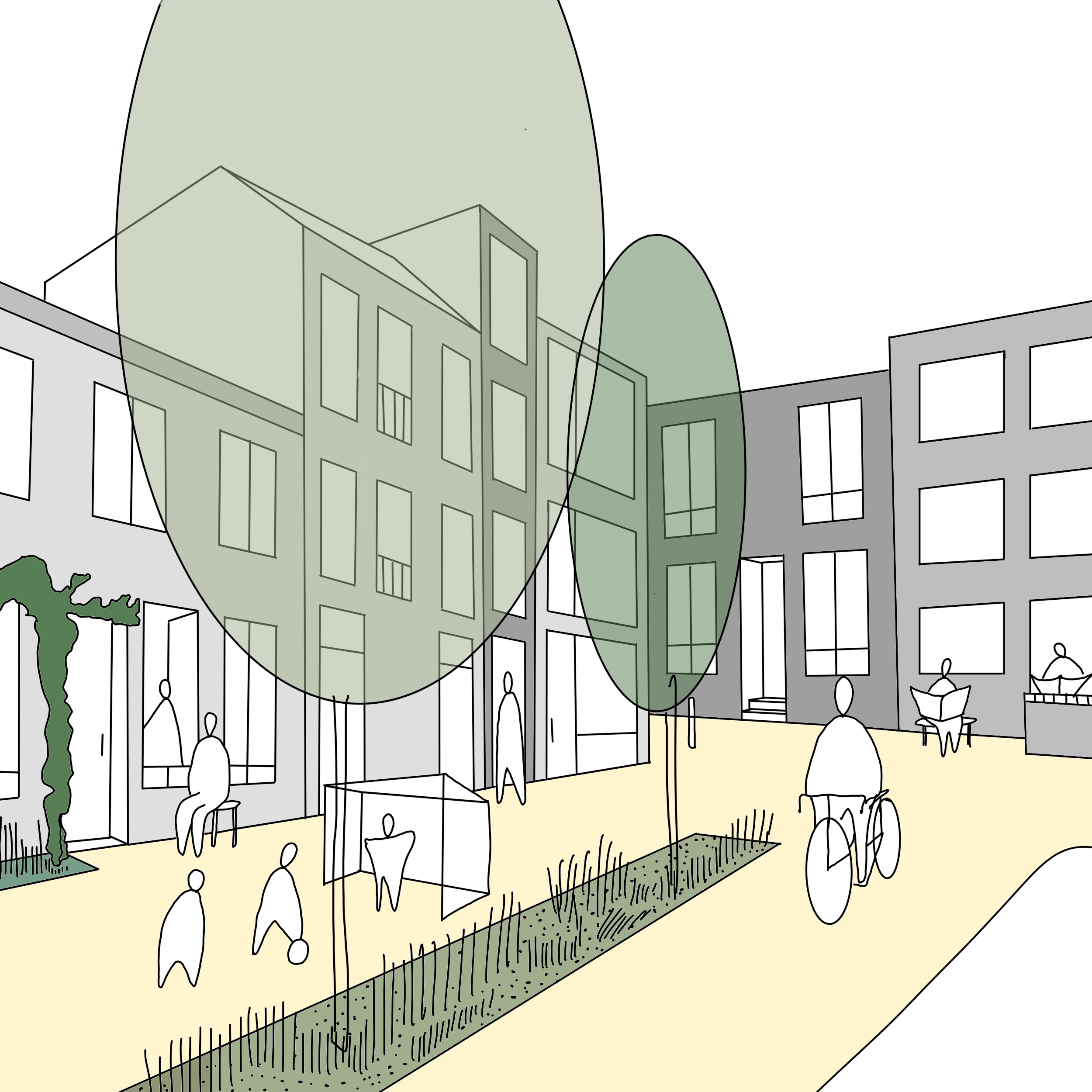
ACTIVITIES
Ground floor spaces that are being used for activities with people are essential to make streets vibrant, safe (social eyes), joyful, attractive. Unlike anonymous facades that have a negative impact on the social use of streets.
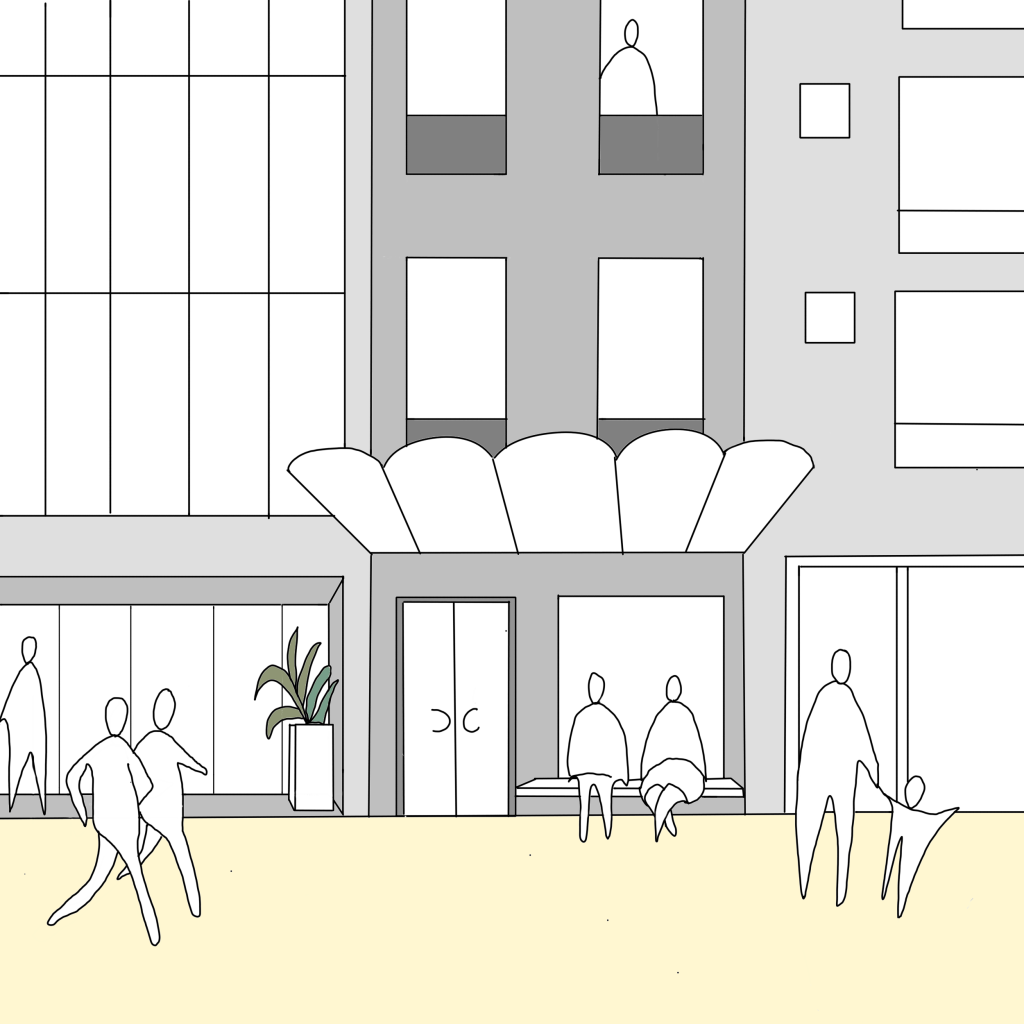
DIVERSITY
Diversity or variation in buildings – architectural details & rhythm, functions, typologies – contributes for a better walkable street, as walking also goes together with a rich capacity of ´human sensoring´ (seeing, feeling, hearing, touching, tasting). This variation can be in small or bigger things, in materialisation and architectonic expression, in function variety.
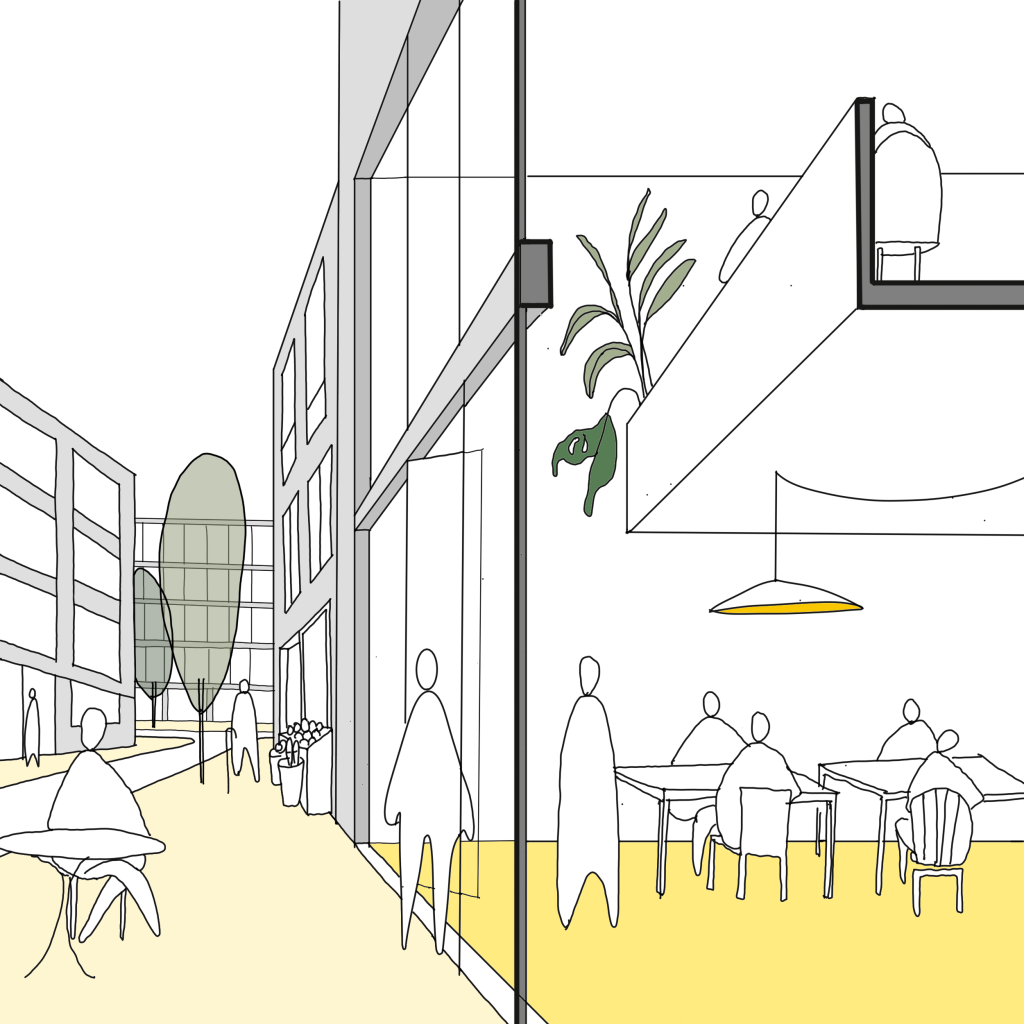
OPENNESS
Facades that have a certain openness – entrances, windows, open spaces – contribute to streets that are the opposite of anonymous spaces. Openness is a basic condition for direct accessibility on the ground floor space of buildings.
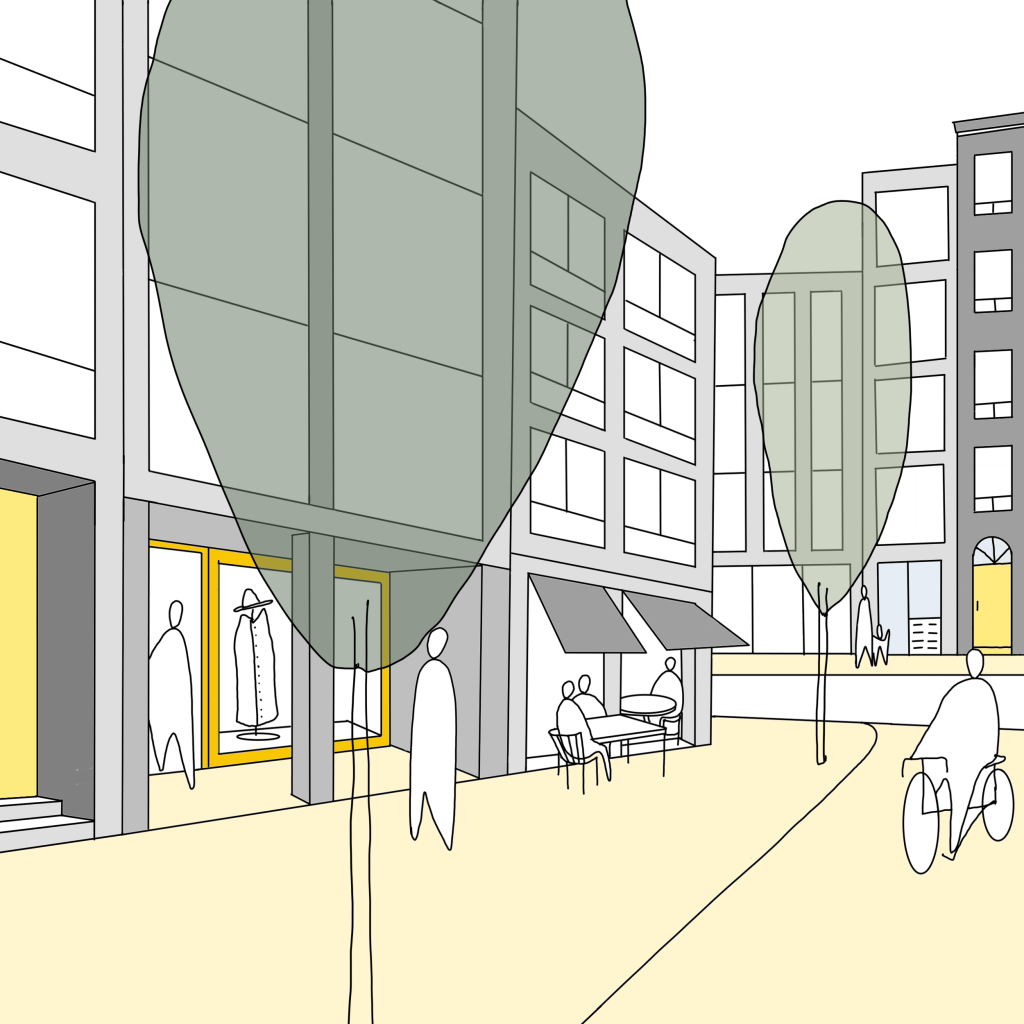
ENTRANCE AT STREET LEVEN
Interaction between the ground floor (private) space of buildings and the public space of streets is only possible if there is a direct connection between these spaces. Having entrances at the same level of the street is therefore important, as well as having a high density of entrances along one street.
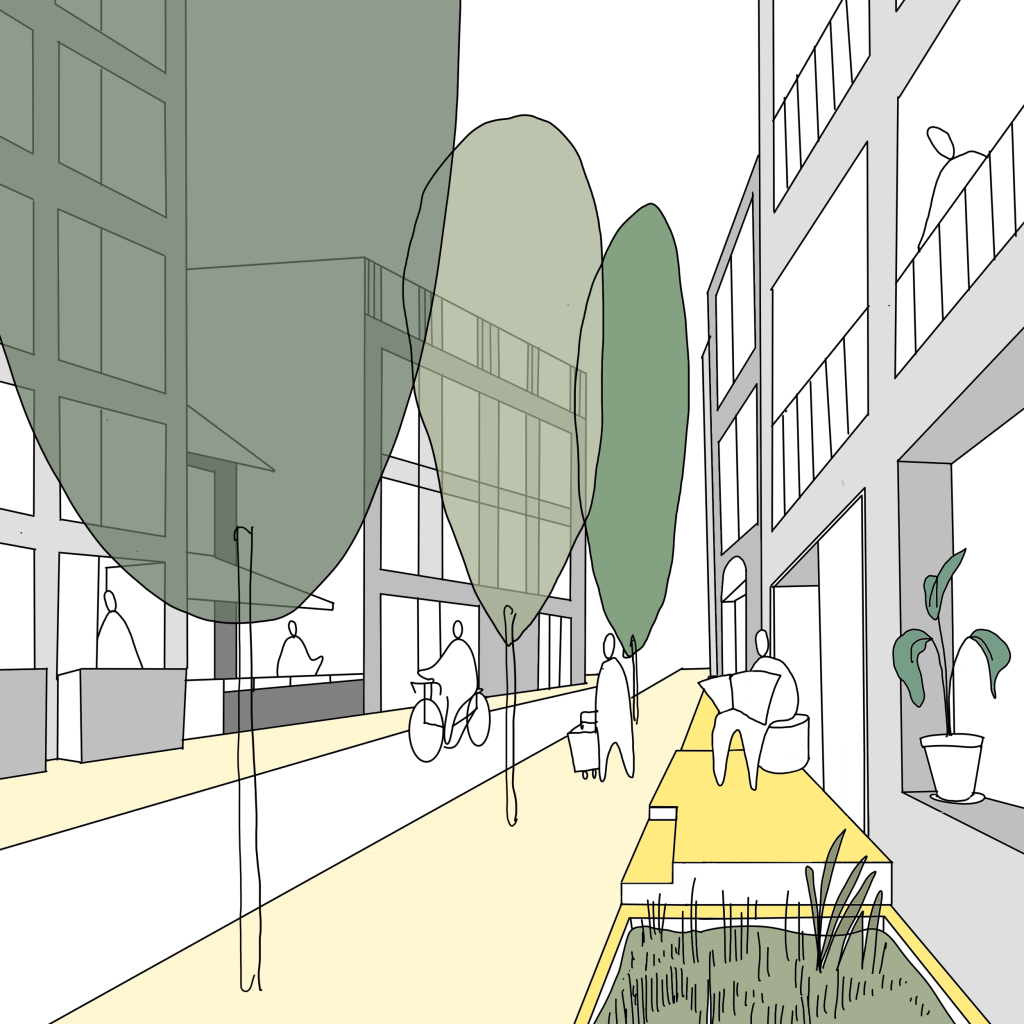
IN-BETWEEN-SPACES
The in-between-space is a hybrid zone between the public domain of the street and the private space of buildings. It is an area of interaction and transition. It is an area for sitting, talking, watching, selling, communicating, and gardening. A good and functional typology is the gallery, which is often a mix between a private space and a collective/public use.
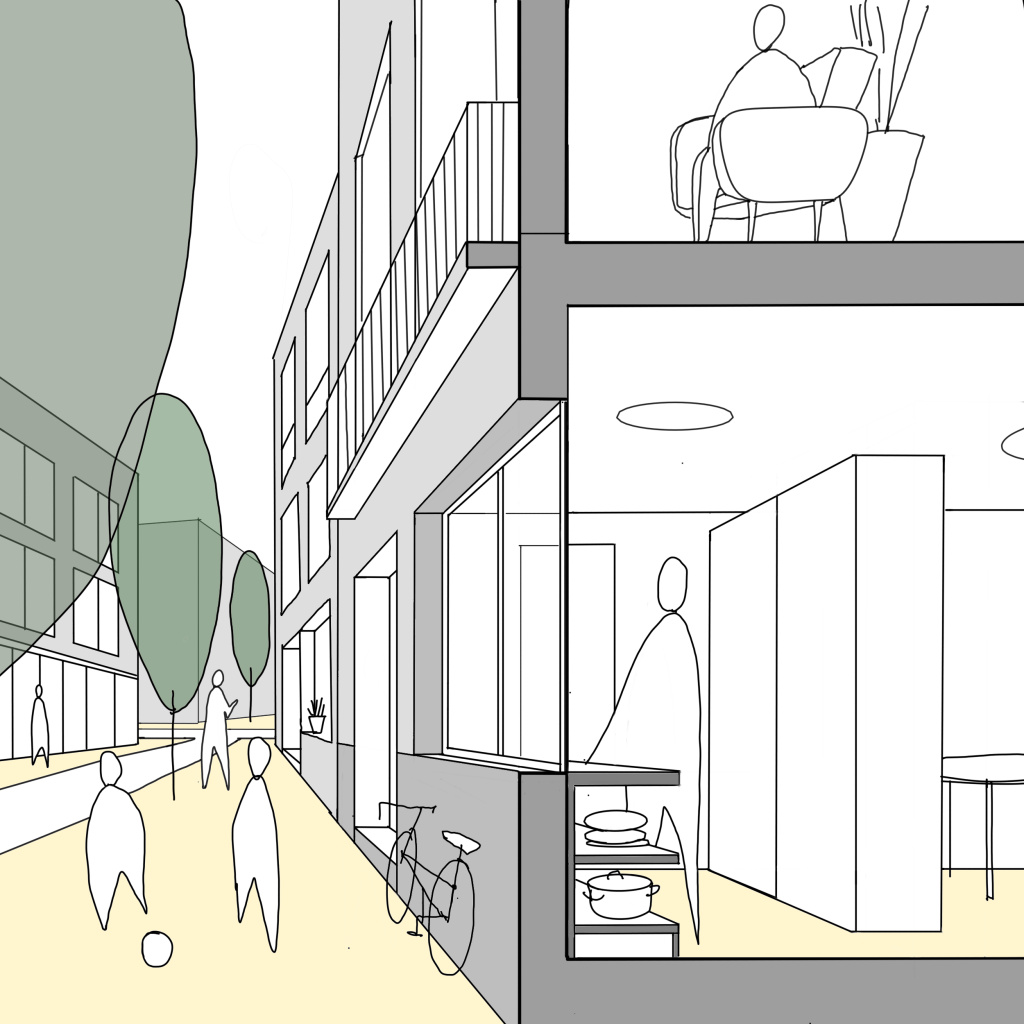
DETAILS MATTER
Well designed and functioning ground floors are important for streets with human activities, where design details do matter (materialisation, dimensions, accessibility, permeability, visuality, lighting).
In the dimensioning of a pavement, in the localisationn of a bench or a tree, in the design of a wall, there may be design solutions that make unexpected and sometimes subversive activities possible. Depending on the local use and culture this can be done in many different manners and styles.
